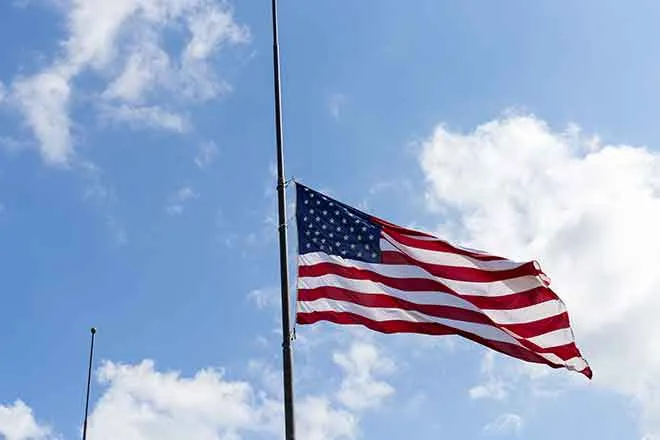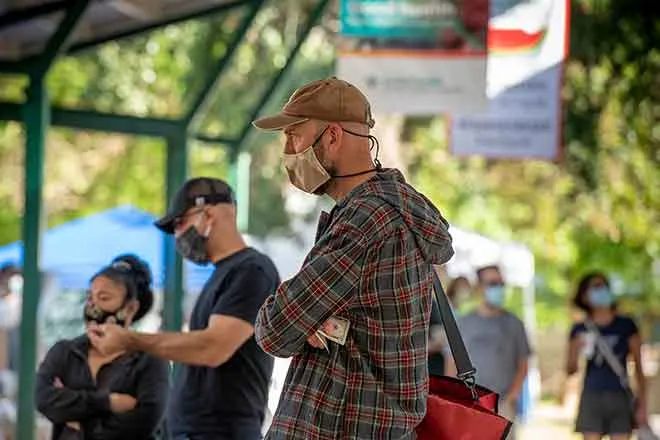
Telemedicine in Motion: South Dakota's rural EMS crews go high-tech
(Greater Dakota News Service) People might picture a defibrillator or stretcher when they think of a first responder. But what about an iPad?
South Dakota says a new program shows promise in combining telemedicine with ambulance crews.
Next week is National Emergency Medical Services week, and South Dakota officials are touting an initiative that fits first-responder units with technology that allows them to consult with hospital staff while enroute to the Emergency Room.
The state's Department of Health EMS Director Marty Link said they hope this addresses recruitment and retention issues for staffing the many volunteer first responder crews in rural parts of the state.
He said it's also a response to the "regionalization" of healthcare.
"Those patients in the smaller communities are transferred to the larger facilities to be cared for," said Link. "And while that happens, we see EMS providers are on the road for a longer period of time, doing those inter-facility transfers."
Last year, the state set aside up to $20 million to bolster Emergency Medical Services. Nearly two million goes toward the telemedicine service for rural first responders.
The state partnered with Avel e-Care to implement the program, and the company says they're live in nearly 60 EMS agencies - adding that it has helped with coordination of care.
Avel e-Care's Vice President and General Manager of Emergency and EMS Services Rebecca VandeKieft said when a patient is put into the ambulance, medical staff are interreacting with EMS crews in 20 seconds or less.
"Very quick activation," said VandeKieft. "We're live with audio and video in the back by a tablet. And really, it's just conversational based, so we make it very easy."
The American Heart Association's National Director of Implementation Science and Strategy for Quality, Outcomes, Research, and Analytics - Gary Myers - added that it paves the way for better outcomes for stroke and heart attack patients from remote areas.
"The key to this is not necessarily how fast you get from A to B," said Myers. "It's how fast care starts and the activation of the downstream care teams."















